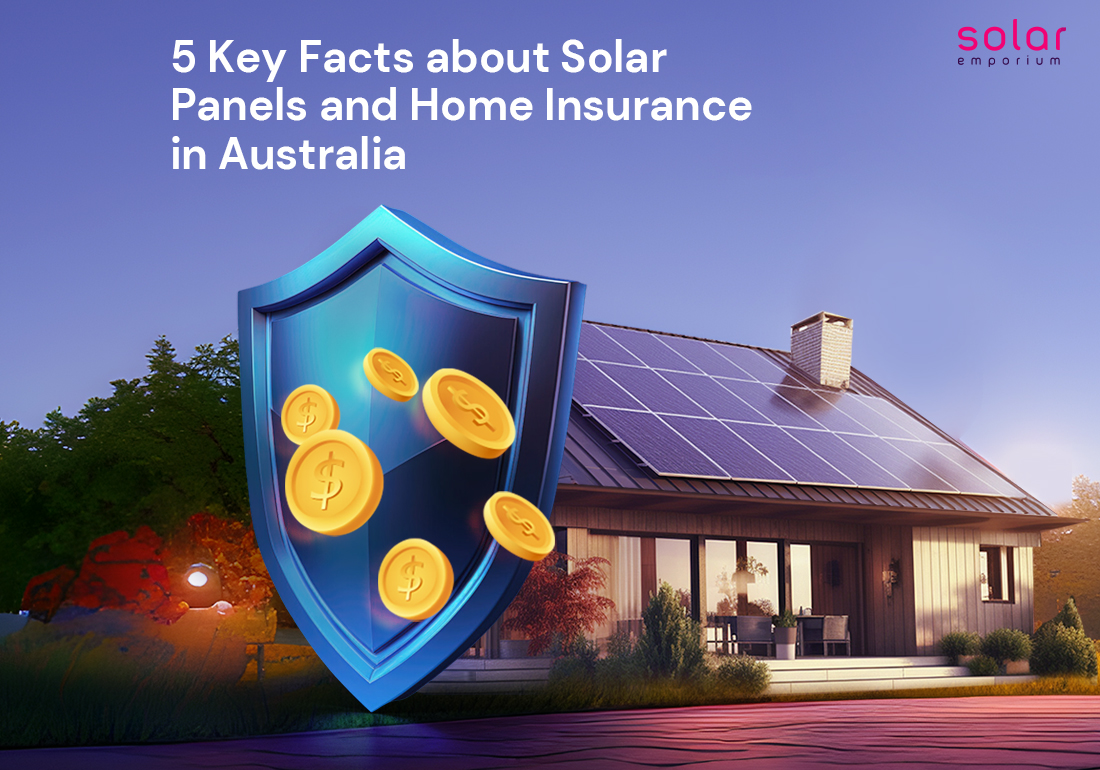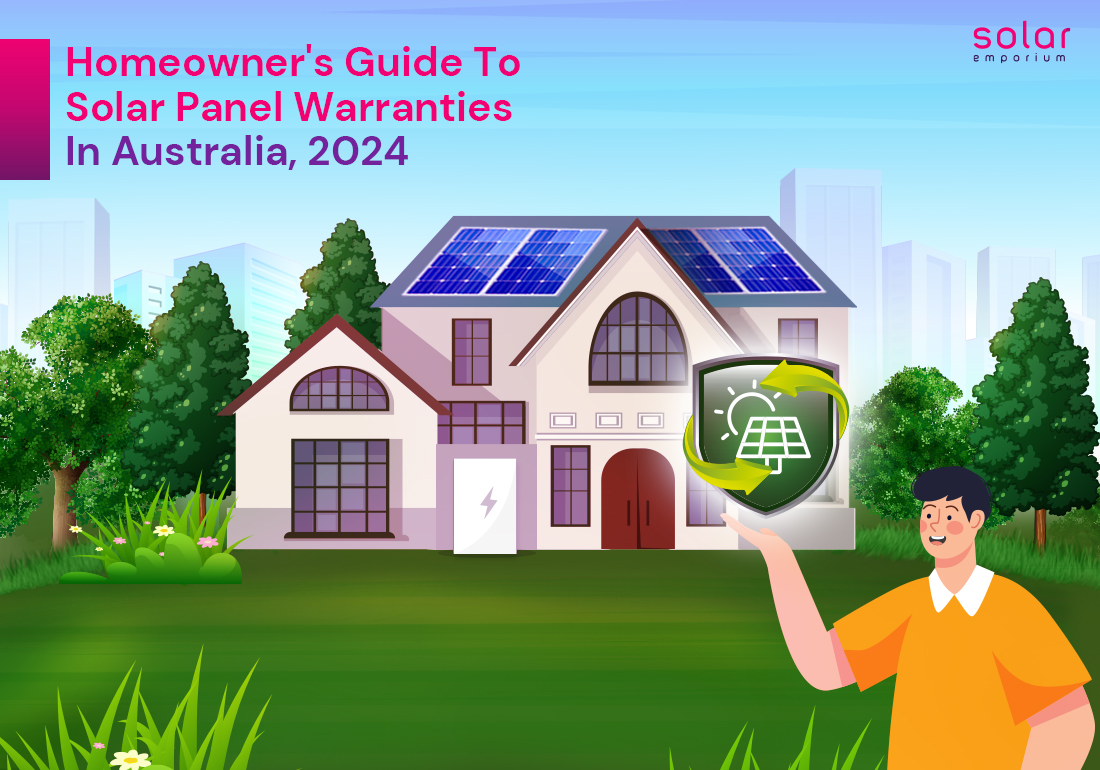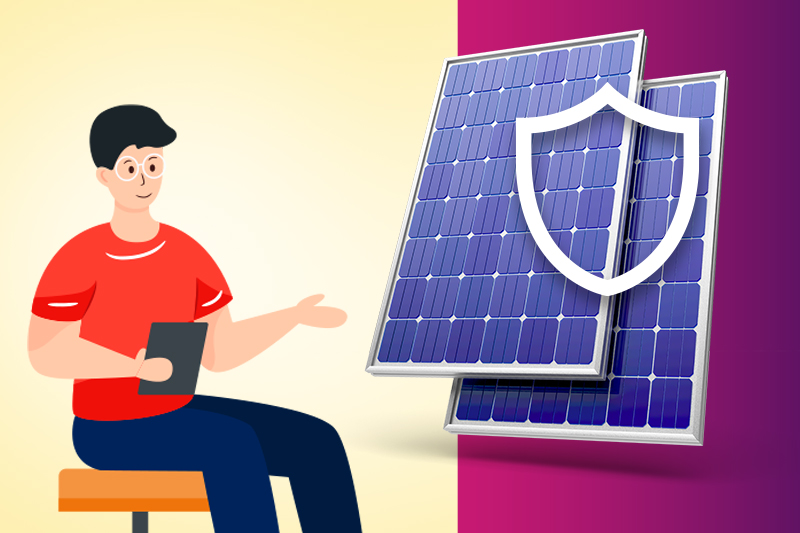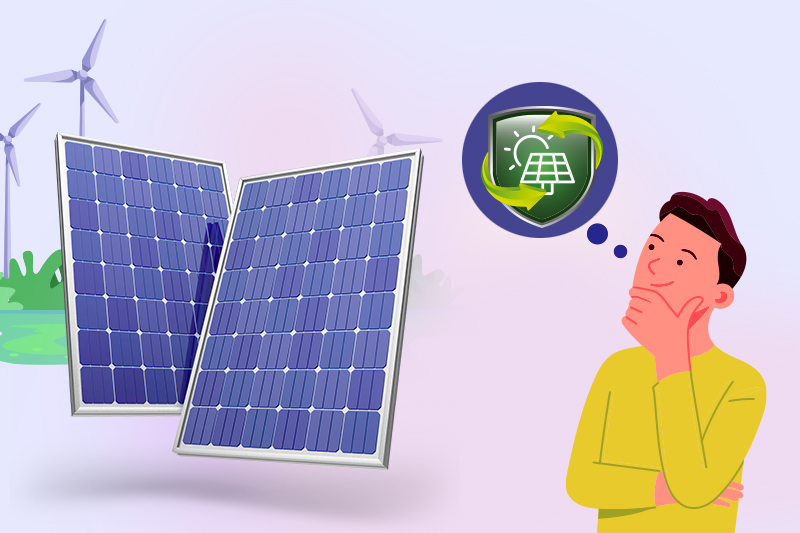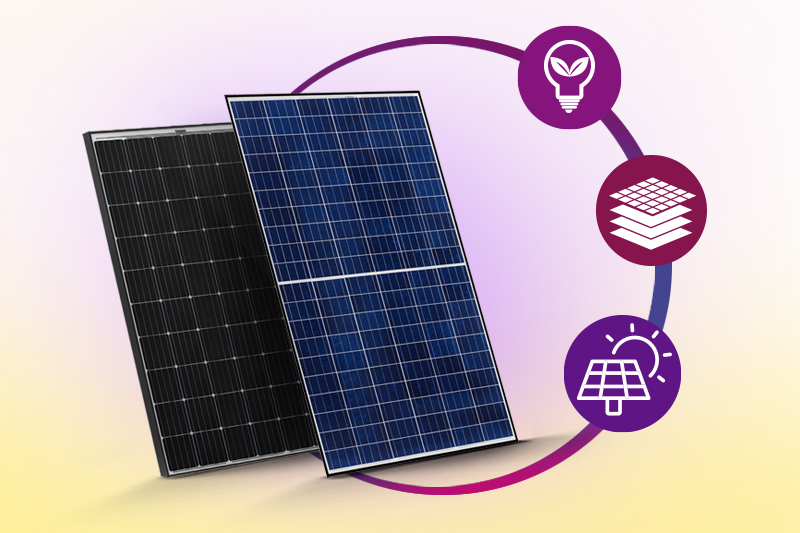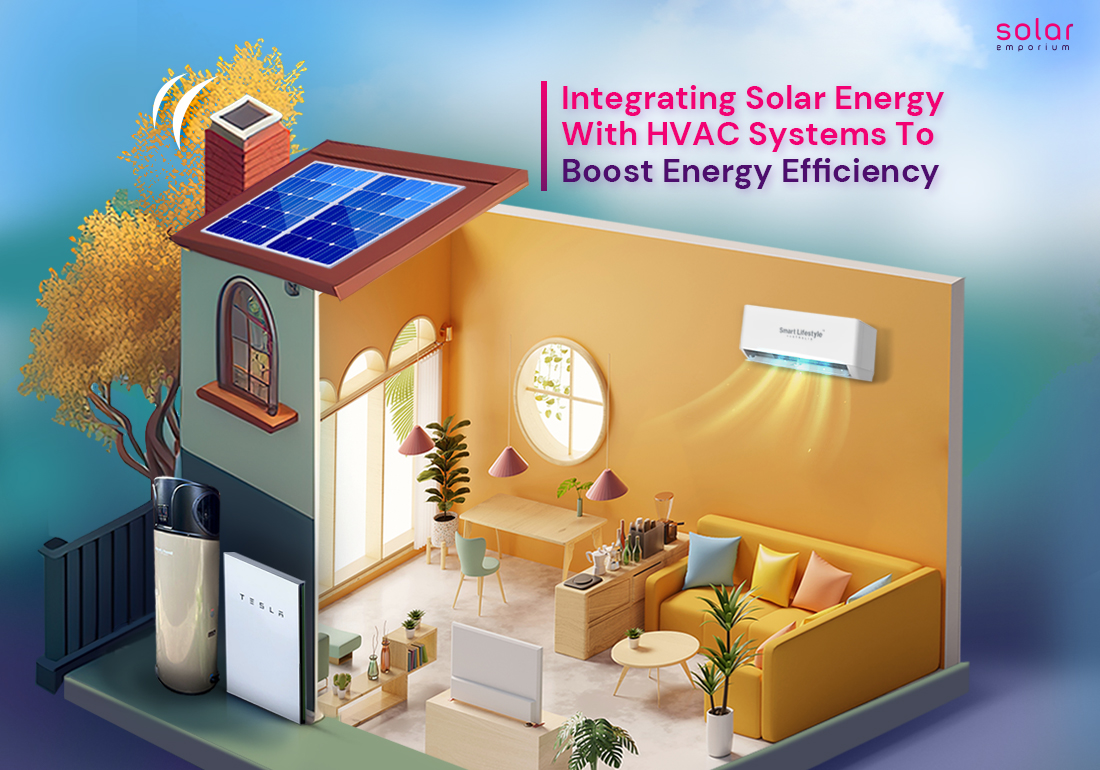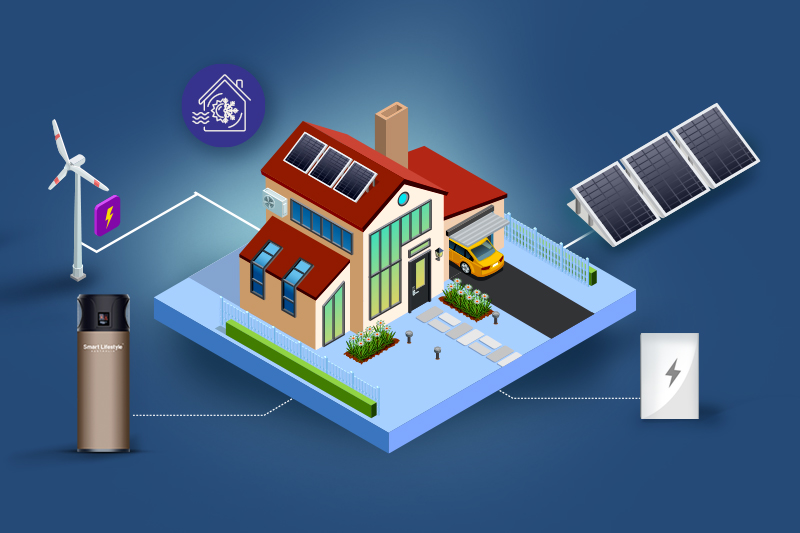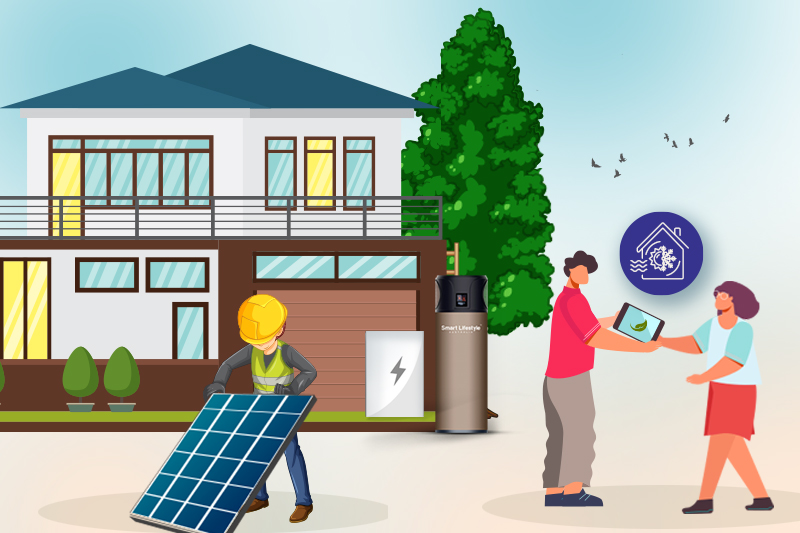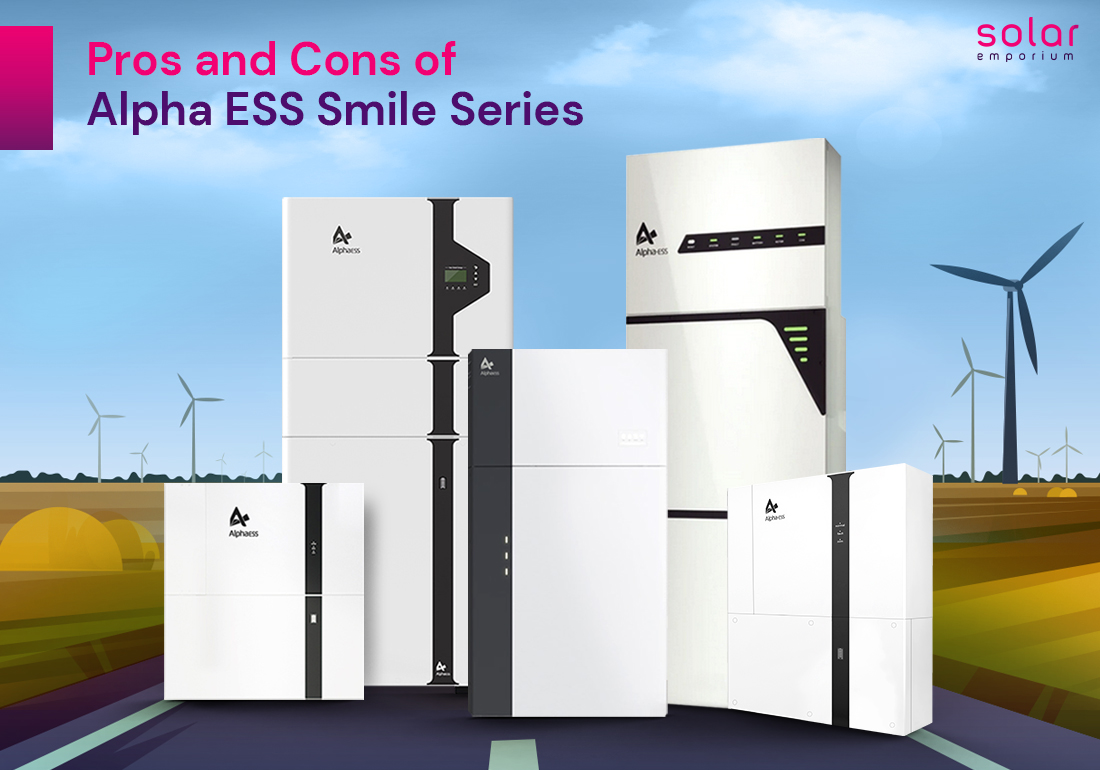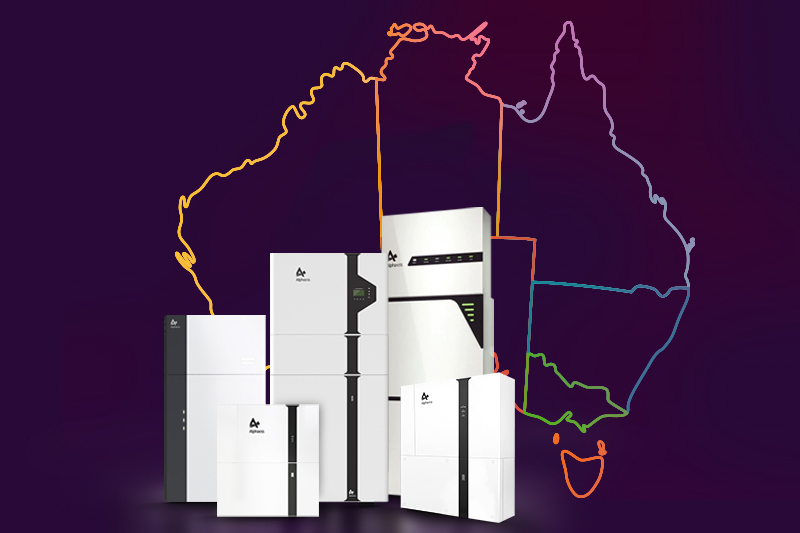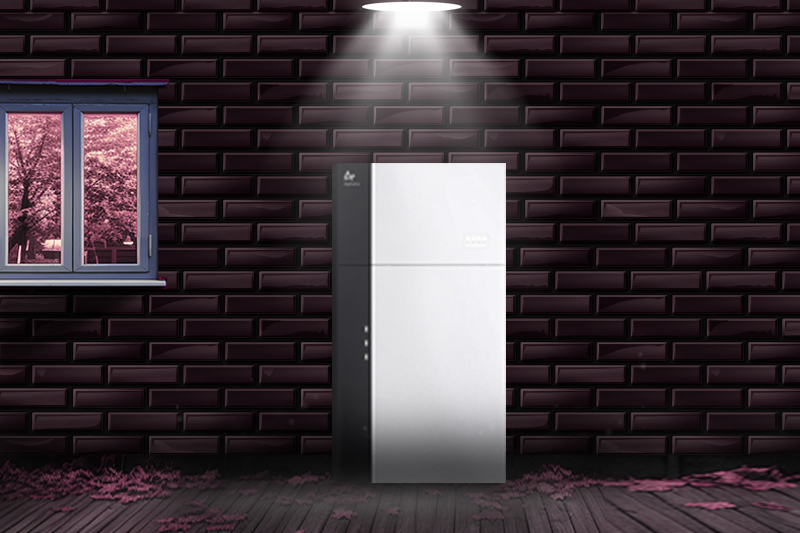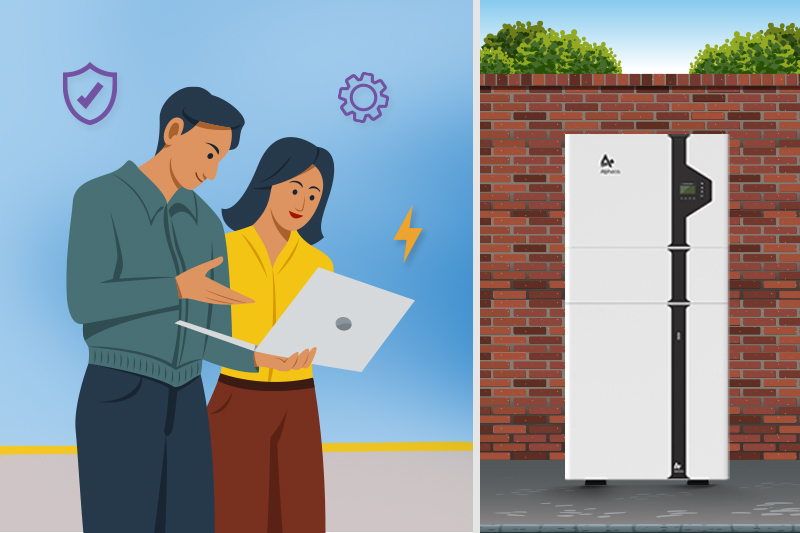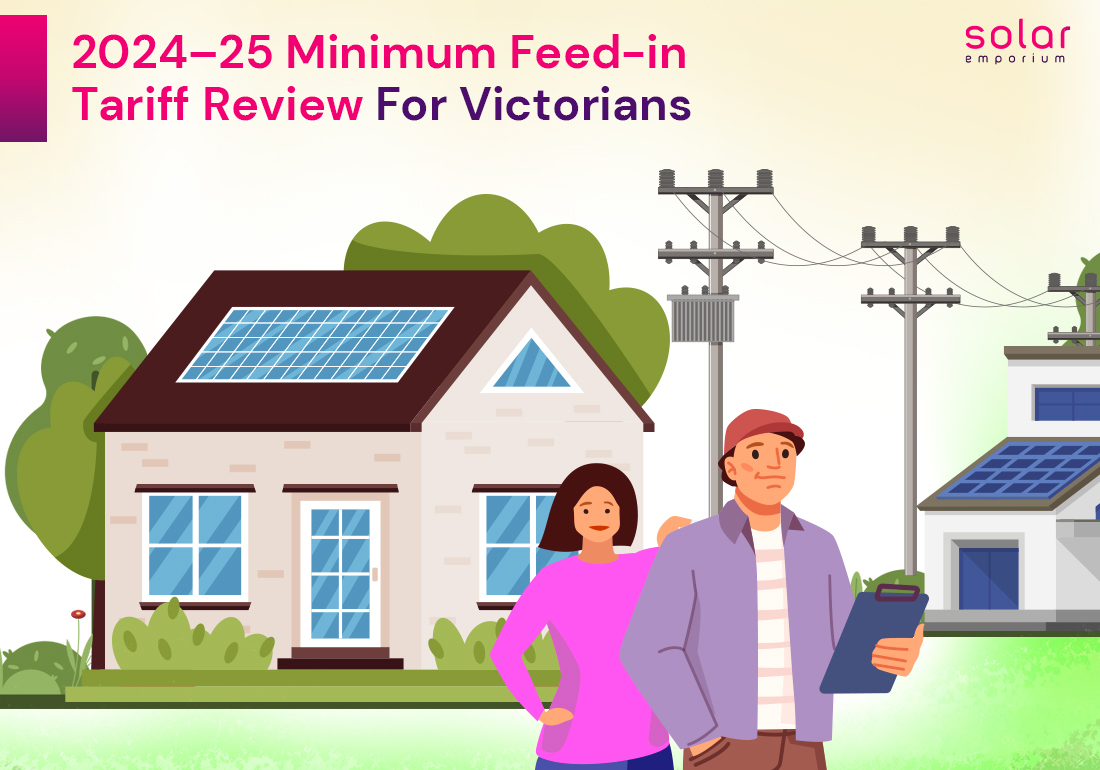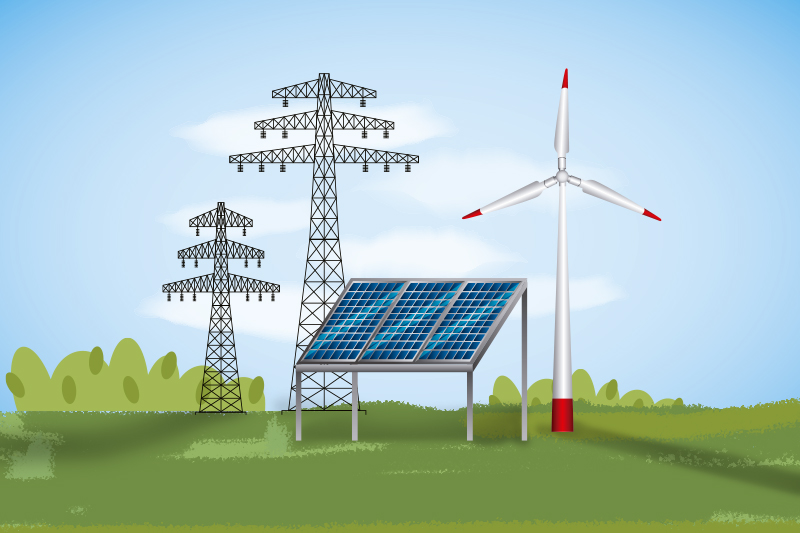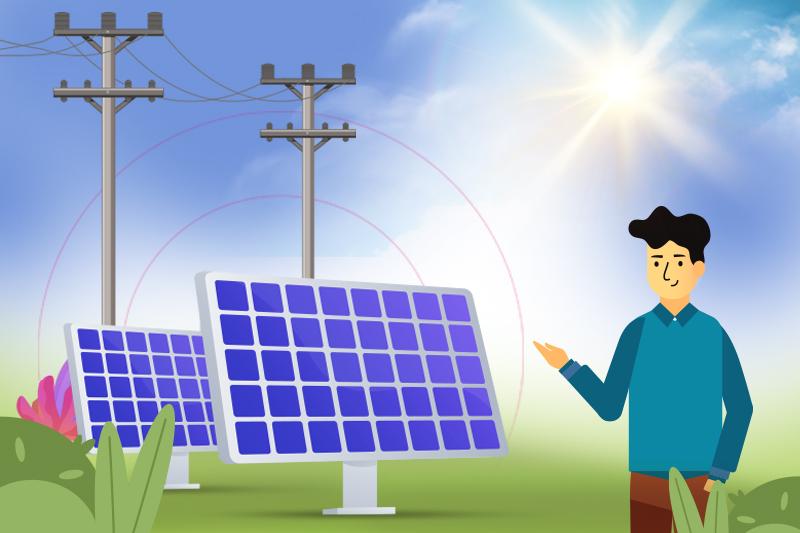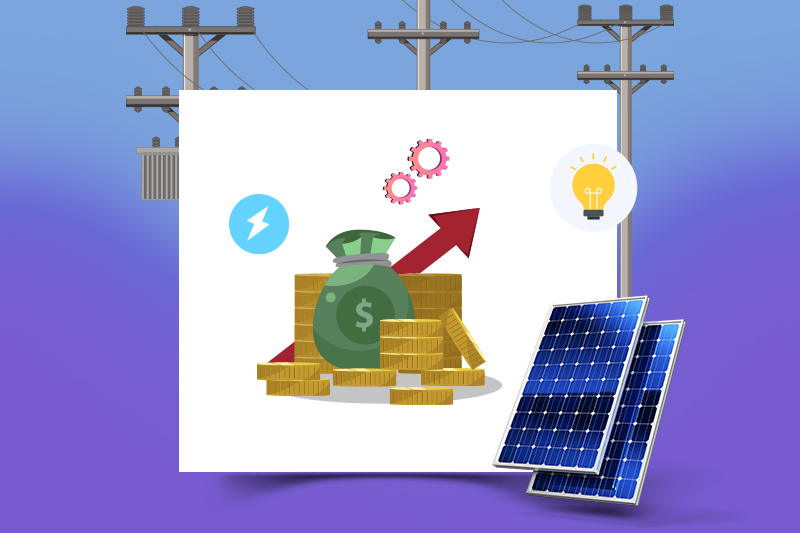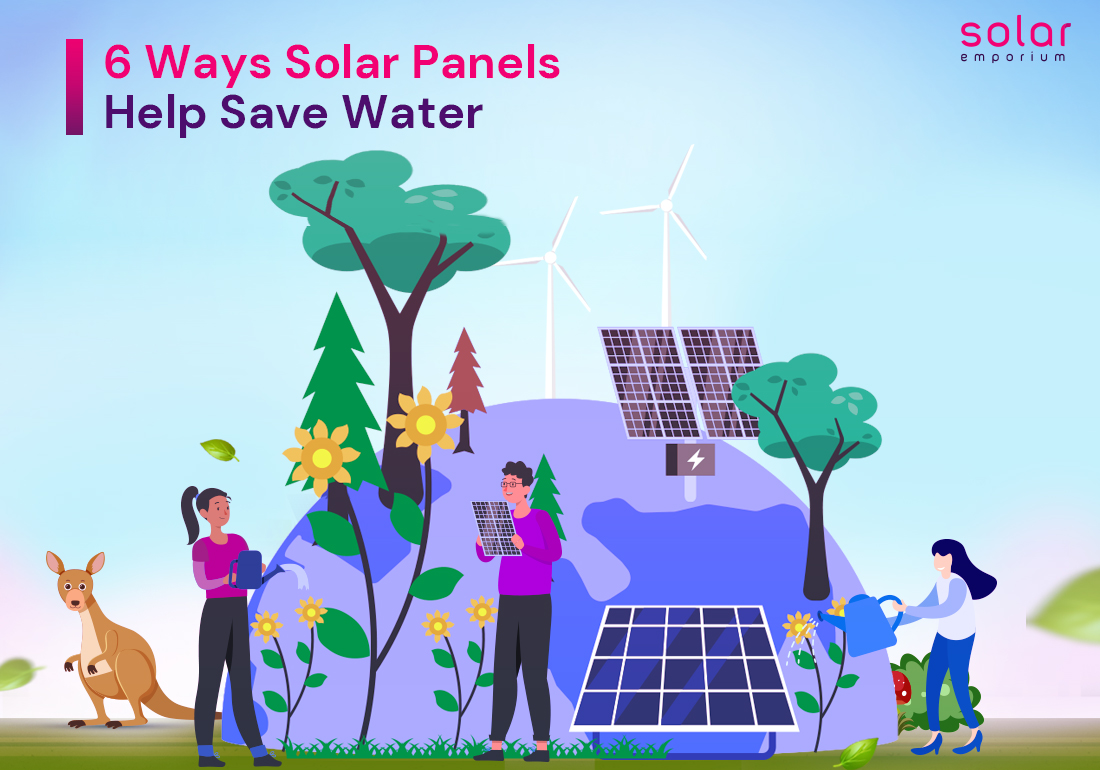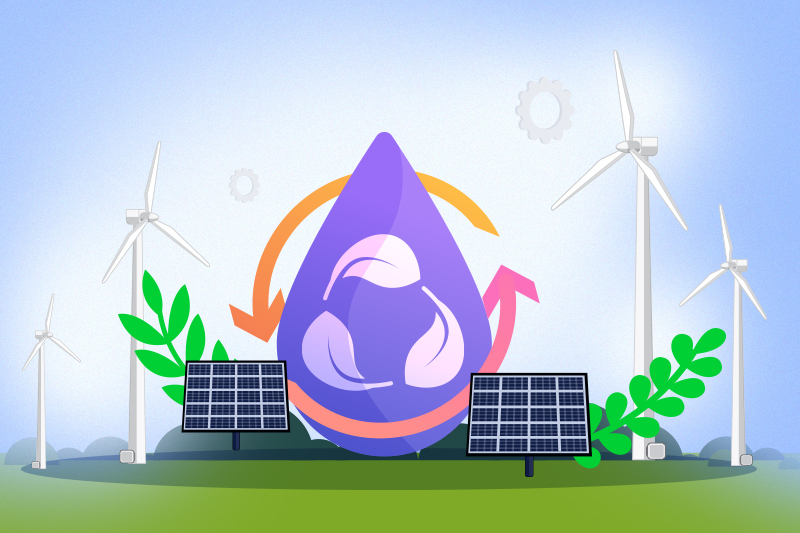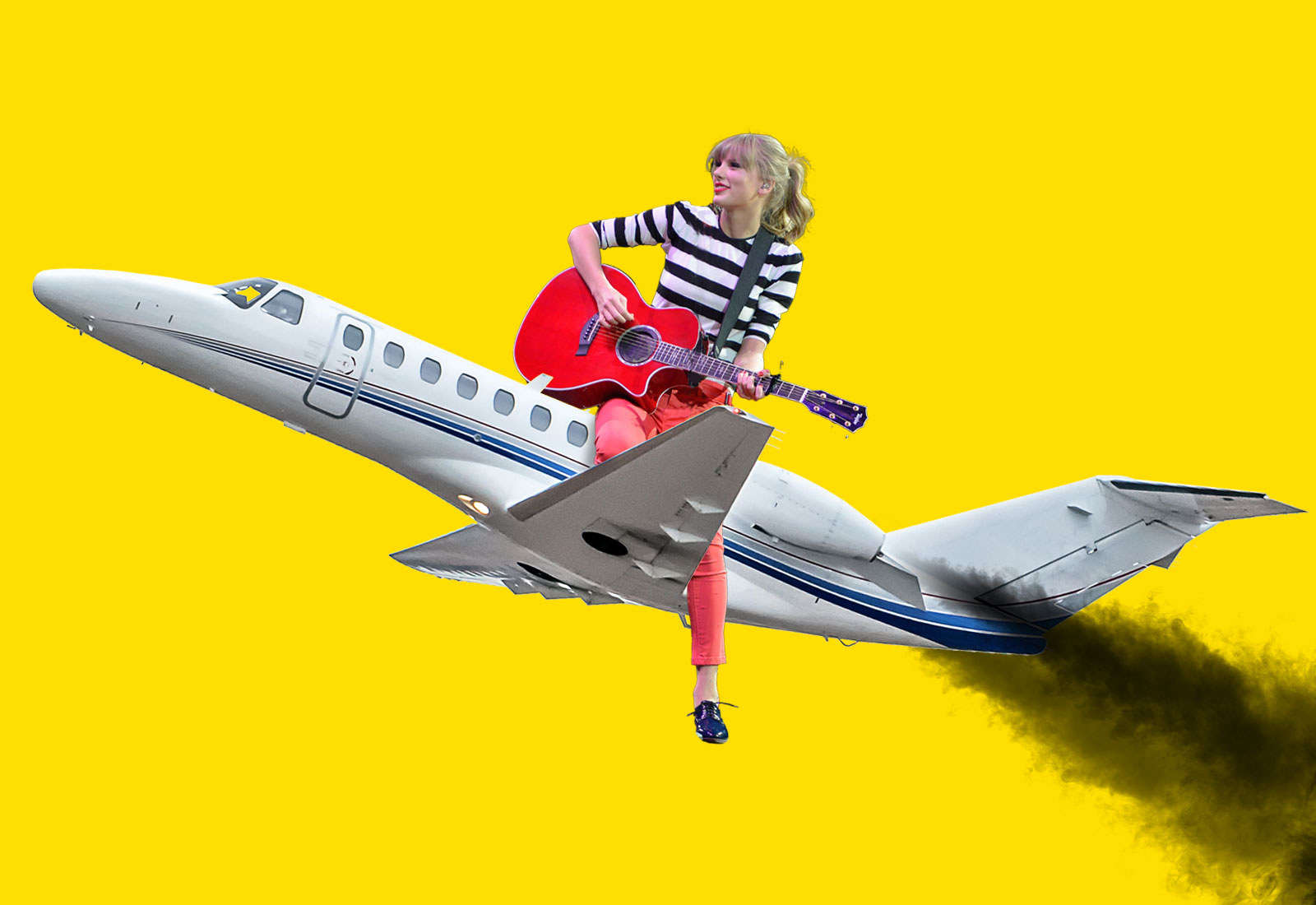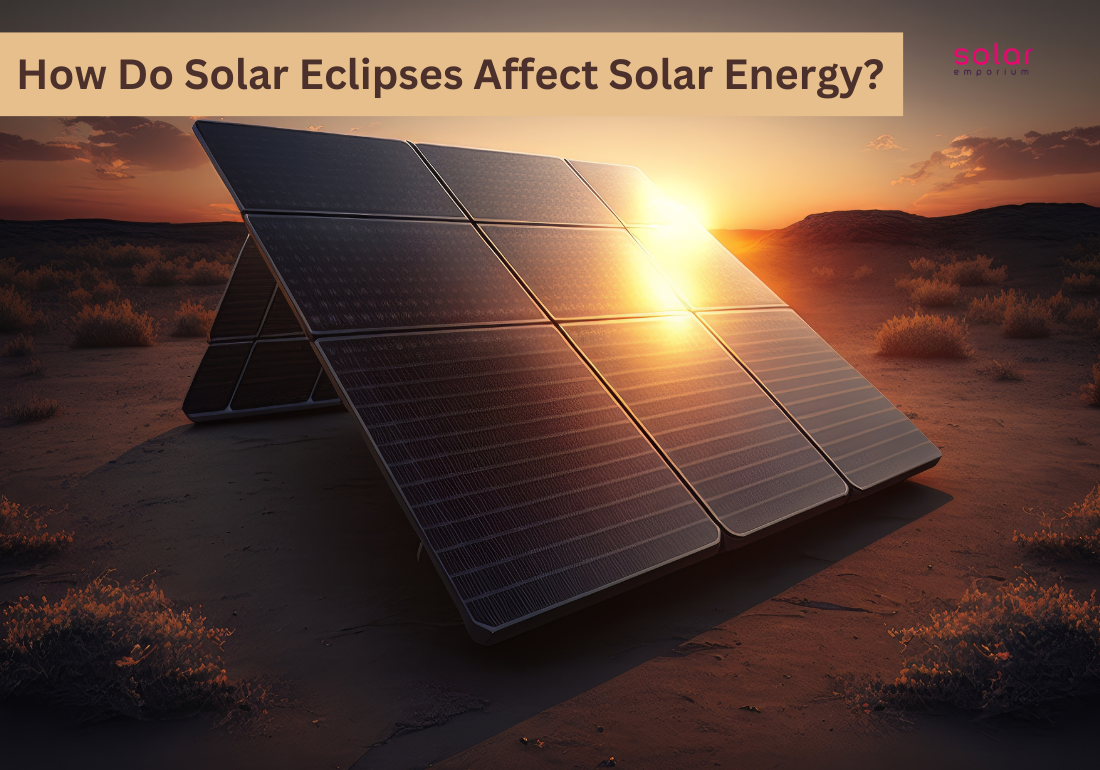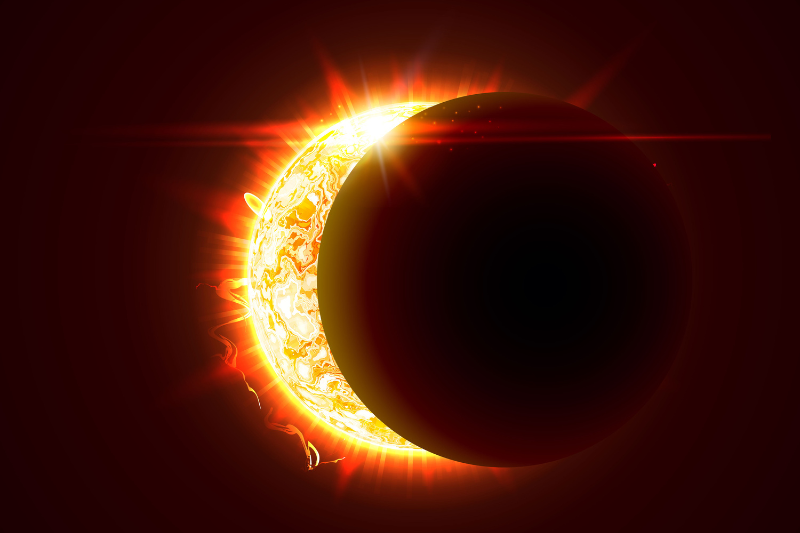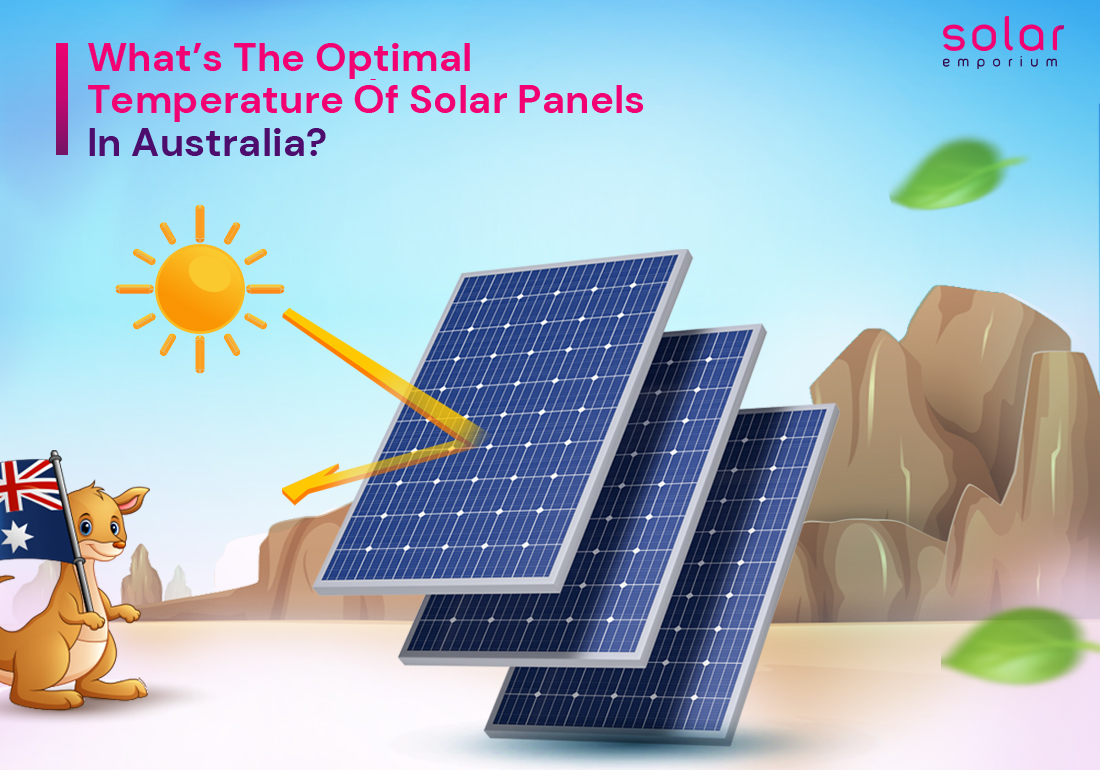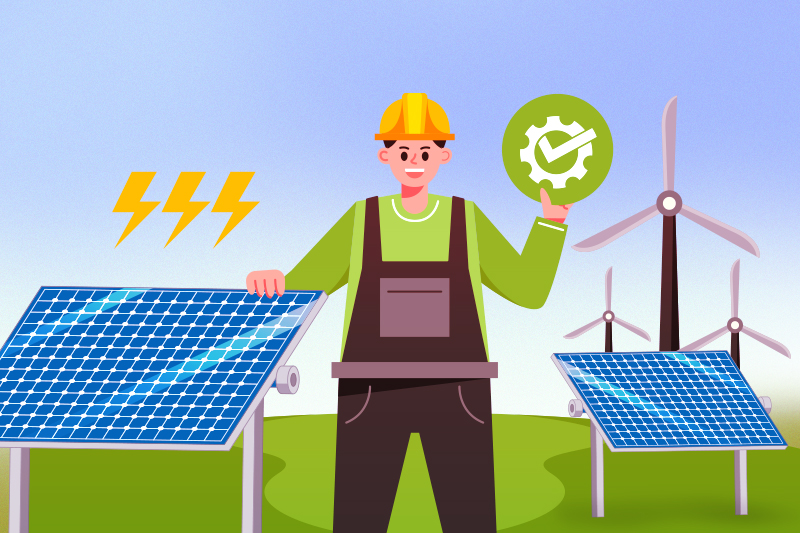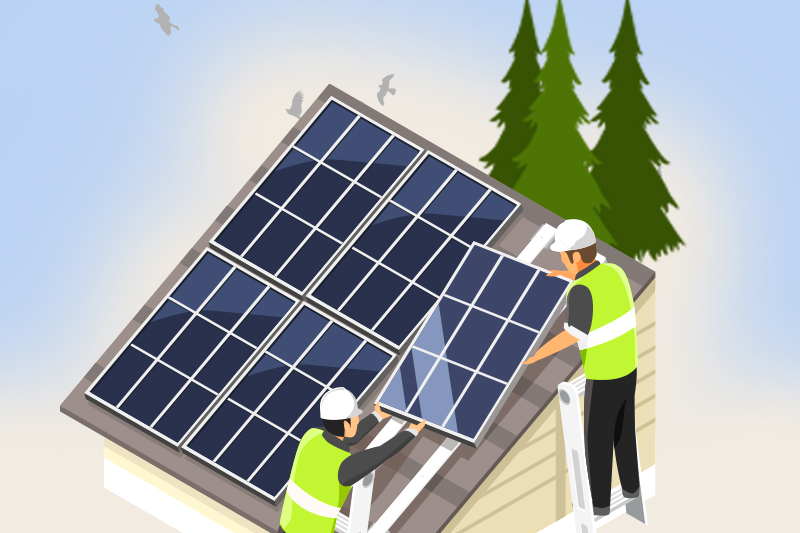Many people in Australia like using solar energy at home because there’s a lot of sun, and it’s good for the environment.
More and more Australians are getting solar panels, making people wonder about protecting them.
Surprisingly, many Australians still need to understand how insurance works for solar panels. That’s why we bring you 5 facts about solar panels and home insurance in Australia.
So, how does it work, and do you need insurance for your solar panels? Does home insurance cover solar panels? And if they are, how much are they covered for?
With so many homes using solar panels these days, homeowners need to understand how insurance for solar panels works in Australia.
Whether you already switched to solar or are thinking about it, we’re here to help ensure your solar investment is financially safe if something goes wrong.
Like any big investment, it’s important to have peace of mind. So, We’ll explain why it’s crucial to look into this and if insurance usually pays for damage from storms, floods, or fires.
We’ll also talk about why you might have to pay more for insurance depending on where you live.
What is Solar Panel Home Insurance?
Solar panel home insurance is a type of insurance that provides coverage for solar energy systems installed in homes.
This insurance is designed to protect homeowners financially in case of damage to or problems with their solar panels.
Your home or building insurance often includes coverage for your solar panels. If something happens to them, like theft, vandalism, or damage from natural disasters, your insurance might help.
Discussing the insured building sum with your insurance company is important; you can increase it for better coverage.
Are Solar Panels Covered by Insurance?
Many regular home insurance plans do include coverage for solar panels, but you need to check your specific policy to make sure. Typically, these insurance plans cover solar panels and other related stuff like the inverter or solar battery.
Some policies might not pay for damage from certain weather events, and you might need extra coverage. Always read the details in your insurance documents to ensure you have enough protection for your solar panels.
When we say “fine print,” it means going through the detailed information in your insurance documents, not just the summary that often comes with them.
Here’s a breakdown of what solar panel home insurance typically covers:
Physical Damage: This covers the repair or replacement of solar panels if they are damaged due to events like storms, hail, floods, fires, or other unexpected incidents.
Theft or Vandalism: If someone steals the solar panels or damages them intentionally, the insurance may cover the cost of replacement or repairs.
Loss of Income: Some policies include coverage for the loss of income from the solar panels not functioning properly due to covered damage. It is relevant for homeowners who generate income by returning excess energy to the grid.
Liability Coverage: In case the solar panels cause damage to someone else’s property or someone gets injured because of the solar panels, liability coverage may help protect the homeowner.
Homeowners with solar panels need to check the specifics of their home insurance policy to see if solar panels are covered. In some cases, coverage for solar panels may be included in the standard home insurance policy.
In other cases, additional or separate coverage may be necessary. Understanding the terms, conditions, and coverage limits is crucial to protecting solar investment.
What Does Home and Contents Insurance Cover?
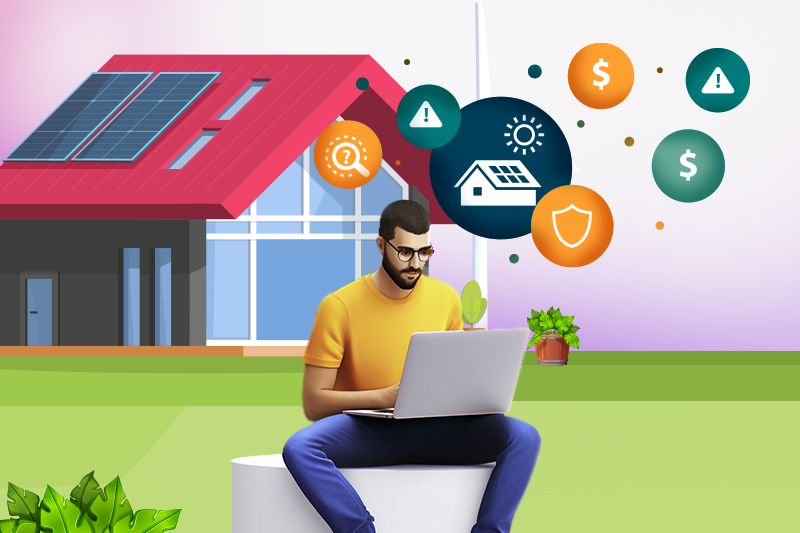
It usually helps when things go wrong, like if your home or the stuff inside gets damaged. This includes your house and other things around it, like sheds, fences, or carports.
You can think of ‘home’ as covering the permanent parts and ‘contents’ as covering things not attached permanently, even outside your home – like a lawn mower in your shed.
If something unexpected happens, like a fire, flood, storm, or hail, your insurance should pay for fixing or replacing things up to a certain amount mentioned in the policy details (PDS).
This amount can be the cost of replacing or the market value, depending on what the policy and the insurance company say. You can choose if you want to be paid the replacement cost or the market cost for something based on the terms of your policy.
5 Key Facts about Solar Panels and Home Insurance In Australia
Solar Panel Insurance Coverage with Home Insurance
Can you put solar panel in your home insurance? Yes, you can, but it usually means paying extra. Adding solar panel coverage to your home insurance comes with an additional cost.
You’ll have to update your ‘sum insured,’ which is the most money your insurance will pay if something bad happens. Even though your premium might go up a bit, adding your solar system to your policy considers the extra money you spent installing.
It’s important to check different choices and talk to your insurance company and others to find the best coverage and cost for your needs and budget.
Having your solar panels covered by your home insurance is a good investment, especially in Australia, where extreme weather events occur. The peace of mind is worth the extra cost if you can afford it.
Paying Extra Insurance For Solar Panels
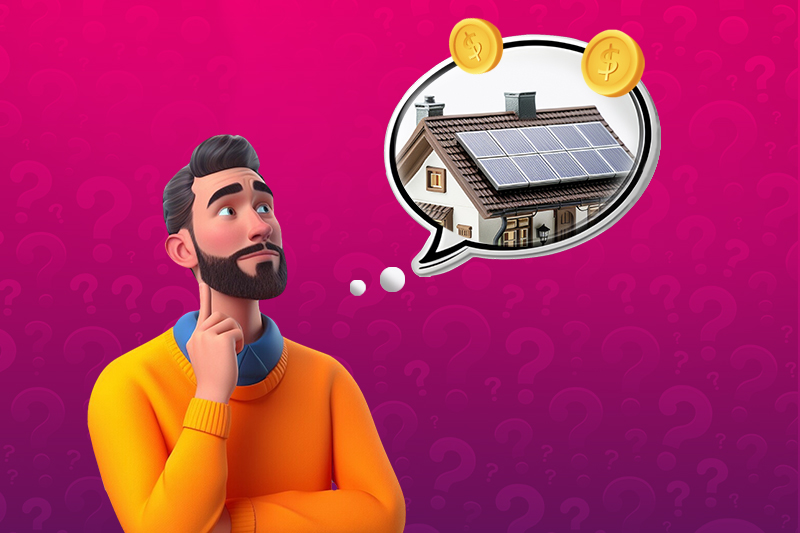
If you live where there are often bushfires, cyclones, or floods, your home insurance might cost more, even if you don’t have solar panels.
The Australian Competition and Consumer Commission discovered that people in northern Australia usually pay higher insurance prices than people in other places.
Depending on where your home is, the possible dangers it might face, and the things you want to protect, including your solar panels, talk to different insurance companies to find out how much your home insurance could be.
Risks and Insurance Considerations for Your Solar Panel System
Firstly, there’s a risk during installation. Putting it properly and keeping it well for safety and efficiency is crucial.
Before installing your solar panel system, it’s recommended to have a professional check if your roof is strong enough.
The electrical wiring is important, too. It should have insulation that matches the conditions of the solar system.
Weather is another concern, and it can be expensive in property insurance. Hail, especially, leads to many insurance claims for solar panel systems.
While most solar panels can handle hail up to 35mm, there’s a higher risk of damage in some places in Australia with big hailstones.
Lastly, there’s a fire risk, although not as common as weather issues. Fires can cause significant damage to the solar system, especially if there are problems with the wiring or inverter, leading to high temperatures that might start a fire.
Solar Panel Warranty
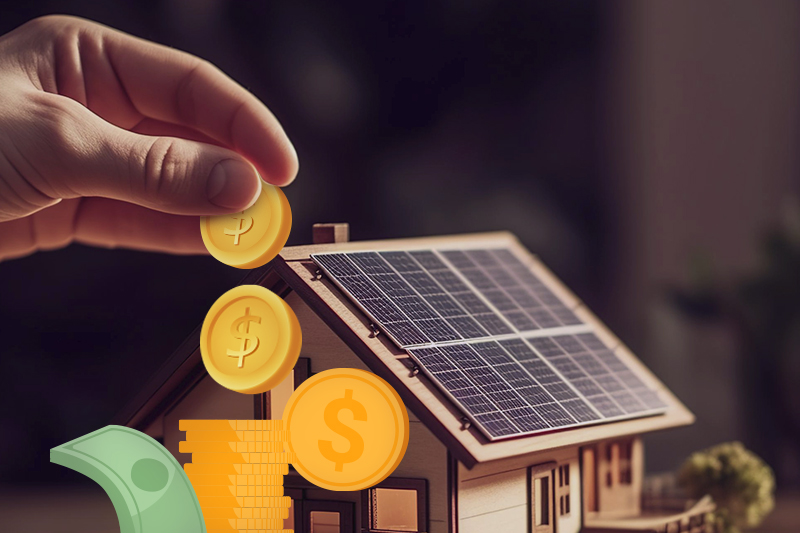
Let’s talk about what happens if your solar panels don’t get physically damaged but have issues with electricity or performance. This is when the warranty for your solar system becomes important.
Solar panels usually come with three types of warranty: one for the product, one for performance, and another for installation.
For more details about solar panel warranty, read: Homeowner’s Guide To Solar Panel Warranties In Australia, 2024
The performance warranty, typically for 25 years (a common industry standard), guarantees that the solar panels will produce a certain percentage of their rated capacity. Solar inverters often have a 10-year warranty.
On the other hand, the product warranty covers any physical or electrical issues in your solar system that cause it to stop working or not perform well.
Be careful when picking a solar panel manufacturer because you want to work with someone who can keep their promises in the warranties.
When choosing a solar panel, ask critical questions about the manufacturer. Check if they offer a money-back guarantee for five to ten years.
Also, inquire about the performance warranty, which should be at least 25 years. Ask about the warranties for the system’s parts, like the components and panels.
Lastly, check the warranties for labor and quality, usually lasting five to ten years.
Solar Emporium suggests going for Tier 1 solar panel manufacturers because they are financially stable and known for making high-quality solar panels. Check out our solar packages.
Also, get written statements from your installer and manufacturer about the system’s performance, warranties, and guarantees. This can be helpful if you ever need to make an insurance or warranty claim.
Make Sure to Have Good Insurance Deal
It’s crucial to have the right insurance for your home or business. Review your insurance regularly and add the current costs of replacing your solar panel system. Consider how labor costs may have increased, affecting the total replacement expenses.
Remember that there’s a shortage of supplies worldwide, which might make getting new solar panels difficult.
Also, some rules from the council say that if you’re rebuilding or fixing your property, you need to include a certain amount of solar energy. This should be a big factor when deciding how much insurance you need.
Take our free solar quote to get the best solar packages! Contact Solar Emporium today!
